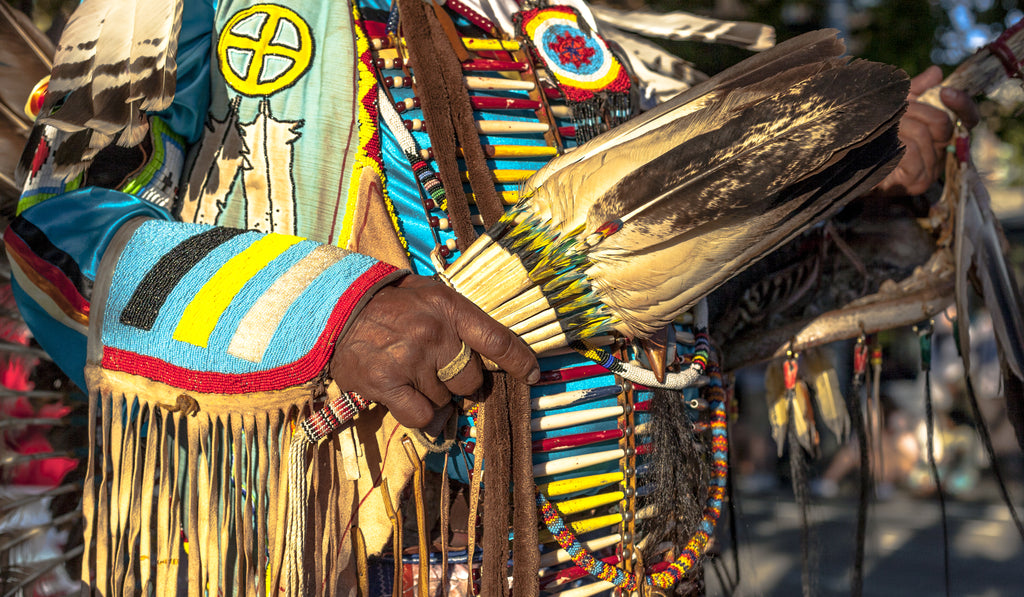The Navajo People & Tribal Jewellery
The Navajo People & Tribal Jewellery
It’s easy to consider Navajo jewellery as the predecessor to today’s big, bold statement necklaces, known for its standout style, its boldness, and its determination to be different. Jewellery was worn as a symbol of status across the tribe, and if you had it, you wore it. The unique style has greatly influenced the jewellery of today, solidifying silver as an unwavering favourite in the accessories department, and highlighting the power of precious gems.

Early Styles
From buckles to buttons, from beads to earrings, and from bracelets to rings, the Navajo tribe did it all. If they could make it, they did. And interestingly, many of the early styles were made from the American silver Dollar. Just as we all love a good coin-style necklace, so too did the Navajo people. The exception, of course, was that the Navajo melted the coins and poured the metal into handcrafted moulds, as they had been taught by the Mexican silversmiths. Coin-style jewellery didn’t last long, however, with restrictions on the use of currency motivating the Navajo to move onto sheet metal.
The Famous Squash Blossom
One of the biggest debates in the world of Native American jewellery is centred around which tribe invented the iconic Squash Blossom design; a blend of plain silver beads and intricate ‘blossoms’, with an eye catching pendant cascading from the chain. Experts tend to agree that these famous beaded necklaces were first created by the Navajo people in the 1870s, although the Zuni and the Pueblo tribes were hot on their heels, designing their own variations of the Squash Blossom by the early 1900s.
While the type of pendant featured on a Squash Blossom necklace can vary, one of the most popular shapes across the Navajo tribe was the crescent. Known as ‘naja’, the Navajo state that there is no clearly defined spiritual meaning to the shape, but the prominence of the ornamental design has made it a strong symbol of the culture. This is a symbol that many modern jewellery designers have borrowed for their own creations, making it instantly familiar today, even to those unaware of its tribal roots.

Beyond Silver
While the Navajo people are closely associated with silverwork, they also saw the beauty and spiritual importance of local gemstones, particularly turquoise. With its mesmerising blend of blues and greens, and just a hint of brown and white when angled correctly, turquoise jewellery is typically regarded as symbol of happiness. Coral and pearl came a little later, and along with other semi-precious gemstones are ingrained in the culture and history of the Navajo. As interactions with settlers became more common, materials such as wire were also introduced.

There’s nothing like authentic Navajo jewellery; it’s a cultural style that really is one of a kind. And yet it’s easy to see how the intricate detailing and a love for colour and nature has influenced an entirely new generation of contemporary designs that honour the traditions of the American south. It’s clear that today’s accessories wouldn’t be what they are today without the unique handicrafts and talented artistry of the Navajo.